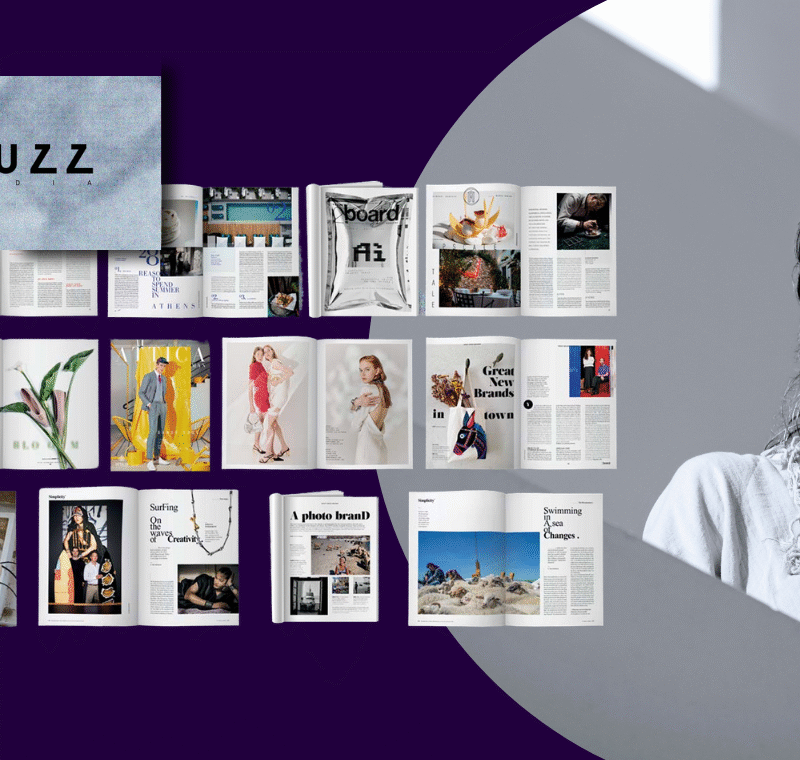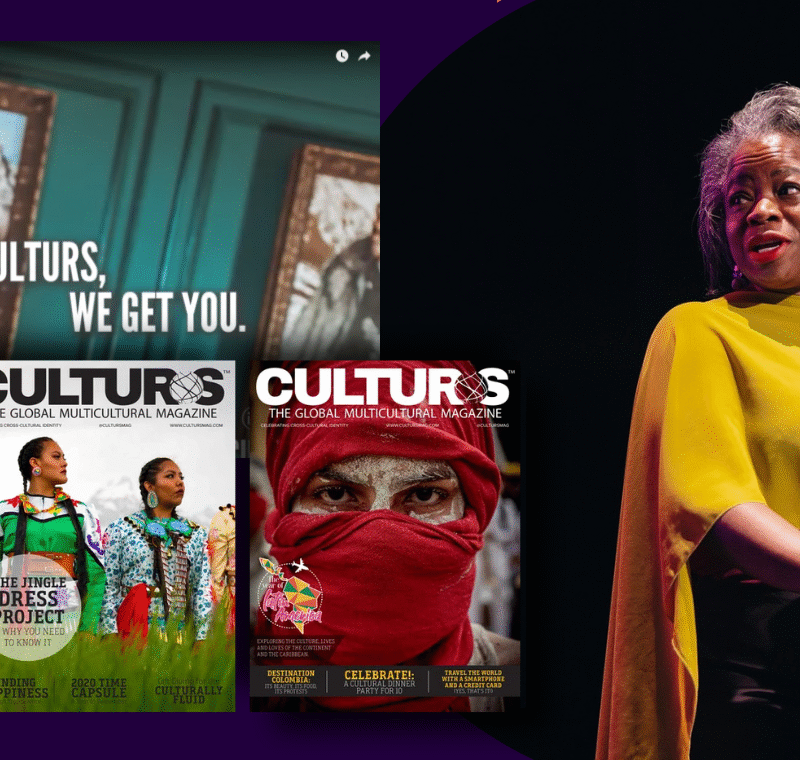World’s oldest continuous national readership survey reaches 60 – and out
This is Britain’s National Readership Survey (NRS), which has proved adept at evolving through the years to meet the growing sophistication demanded by the market. However the stiff challenges now faced across the world by magazine and newspaper companies are bringing even the adaptable NRS to an end.
Magazine publishers in each country must meet the demand for information not only on digital audiences as a whole but by digital platform and by device, each interlinked with print readership. In Britain, it has led to a fundamental rethink of audience research.
60 years of continuous face-to-face interviewing
Fieldwork for the NRS began in 1956. It was initially run by the advertising agency body the Institute of Practitioners in Advertising (IPA) but became organised as a joint industry survey, with magazine publishers, newspaper publishers, advertising agencies and advertisers represented on the controlling board and technical committees. From the start it was intended to maintain the highest research standards, which among other things meant face-to-face interviewing and probability sampling – features which have been maintained throughout the 60 years.
Contracts were awarded to research firms in competitive tenders from time to time, and in practice only two companies have ever conducted the survey: Ipsos (originally as Research Services Ltd) and Kantar (originally as the British Market Research Bureau).
The different world of 1956
The old NRS reports record how dramatically the media scene has changed through the decades.
For magazines, in 1956 there were only 62 titles with readerships large enough to be reported; in 2015 there are 124.
The size of readerships of the largest magazines was much greater than today. In 1956 the largest title reached 63 per cent of adults per week – the radio and television listings magazine Radio Times which had a monopoly on BBC programme listings. The largest women’s magazine (Woman) reached 44% of women each week. While the Radio Times audience totalled 23.4m readers, in 2015 the largest individual magazine has a print audience of 5.2m adults, but – and it’s a big but – it has an estimated 10.5 million total audience when the de-duplicated website audiences are included. What has happened of course is that the magazine medium has fragmented into more and more specialised titles, generally with smaller audiences, offering consumers far more choice, not only in terms of subject matter but also tone of voice, attitude and style. Consumers can match a magazine’s personality to their own personality more closely than ever before. This, together with the digital developments, has made the bond between consumers and their favourite magazine brands even stronger today.
The churn of titles over the years has been striking. Among the 62 magazines measured in 1956, only 16 survive today. New, improved challenger entrants have ousted most of the original magazines, as is to be expected across such a long period in a thriving competitive market. It is a sign of vitality.
Continuous evolution with occasional step changes
The NRS has evolved throughout its 60 years, as market conditions changed, but it has remained recognisably the same survey, with probability sampling, face to face interviews and the same approach to measuring readership: ‘recency’, taking the general form “When did you last read any copy of ….?”
Among the continuous process of small improvements there have been a number of notable milestones during the survey’s history.
For the first twelve years the survey measured the readership of an average issue only (apart from a long-period filter question). In using the data the working assumption had to be that all the advertising exposures were delivered during the first issue-period (for instance, the first week for a weekly), and always it was the same people reading each issue. Not till 1968 was a frequency question added for all publications. From that year it became possible to plan advertising campaigns with data recognising that a second issue of a magazine would be read by some additional readers who didn’t read the first issue, thus increasing the reach of the title.
It still remained the implied assumption that all the readership was delivered during the first issue period. There were no data to show how the readership of a given issue built up over time beyond the issue period. Not till as late as 2004 did NRS publish a readership accumulation survey, and that was a separate piece of fieldwork, not integrated into the main survey, and consequently not always used – to the disadvantage of the medium.
Other major milestones included:
- 1984: the introduction of a grouped-title method of questioning in order to extend the media list, adding almost 80 additional titles
- 1992: interviewers were given computers for administering the survey (CAPI – Computer Assisted Personal Interviewing). It permitted far more complex routing of the questions according to respondents’ earlier answers
- 2003: respondents were given computers too, so that all the prompt material could be shown on the screen instead of using physical prompt cards, which improved flexibility. This became known as double-screen CAPI
- 2009: the final printed reports. From then on all reporting has been in digital form.
One of the most significant changes in recent years was the addition, in 2009, of questions about publisher websites. Although recall is not an adequate method for a currency measuring web audiences, it does provide useful ‘hooks’ for fusion. This led to the production of a supplementary database called PADD (Print And Digital Database), aiming to show the total footprint of magazine and newspaper brands across print and websites. PADD achieved this by fusing onto the NRS respondents the digital audience levels reported by UKOM, the industry currency for digital audiences, which is itself based on comScore data. Unfortunately the fusion has proved unable to capture very accurately the duplications between print and digital, brand by brand, in the view of magazine publishers and others. This has been one of several reasons for the current total rethink of how publisher brands’ audiences are measured.
The proposed new scheme
Back in 1955 there was an intense period of work setting up the innovative new National Readership Survey to be launched the following year. Exactly sixty years later in 2015 there is also intense activity to design, test and set up a radically new system to launch next year.
At the time of writing the scheme has not yet been confirmed, but a new organisation has been created called the Publishers Audience Measurement Company (PAMCo). Like NRS Ltd, it is a joint industry body with representatives from magazine and newspaper publishers, advertisers and advertising agencies. This is what a new measurement service could look like, consisting of three main elements:
- A print readership survey using face-to-face interviews and, for magazines, a radically new form of readership question. This will ask about the reading of specific issues of each magazine, with front covers shown, generating estimates of not only the readership of an average issue, and the frequency of reading the magazine, but also the rate at which the readership of a single issue accumulates over time across several issue-periods.
- A ‘passive panel’ of consumers whose visits to publishers’ websites will be monitored through special software installed on their computers. Since the readership habits of these consumers will also be known, this will provide for the first time accurate single-source information on the duplication between the print and online properties of publishers (sample sizes permitting).
- Fusion of the UKOM industry currency for online audiences into the PAMCo database. Unlike the current NRS PADD fusion, the PAMCo fusion will have the vital benefit of more extensive ‘hook’ questions from the face-to-face interviews, and the single-source data on duplications from the passive panel.
The result will be to transform the way the published media’s audiences are marketed, planned, bought and sold. For the first time, buyers and sellers will be able to look at total de-duplicated reach across publisher platforms and by device. Readership accumulation through time will be built into the system, seamlessly available for more realistic planning of advertising campaigns.
Ipsos MORI has been appointed the contractor to conduct the research, following a detailed review of research suppliers’ competitive tenders. The intention is that the NRS will continue in the field until mid 2016 (into its 61st year) and then be replaced by the new service.
An update on the plans and the thinking behind the strategy will be given at the Print & Digital Research Forum (PDRF) in London on 17-20 October 2015. The PDRF, held every two years, is one of the key international events in the calendar for research professionals working on or for magazine media or newspaper brands. Experiences and learnings from around the globe are compared and evaluated in three days of intensive and illuminating debate. We can all learn from each other.
Meanwhile, although the new PAMCo research system is still under development and may yet be modified, what we can be sure about is that 60 years of the continuous and adaptable NRS is an achievement to celebrate.
More like this
UK publishers form company to replace National Readership Survey
Explaining magazines’ high return on investment
Technology drives innovative era for magazine media research and measurement









